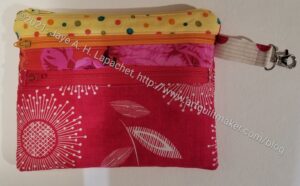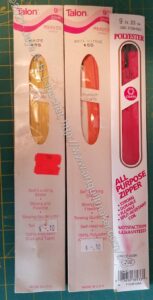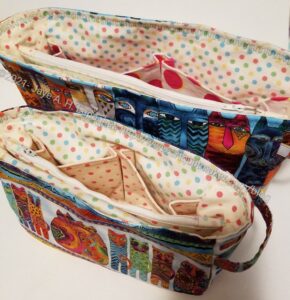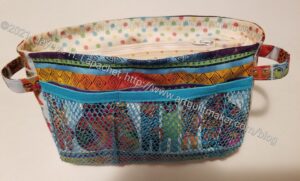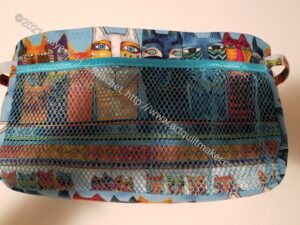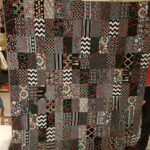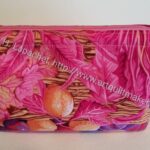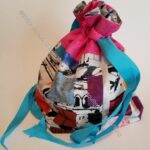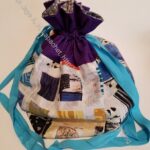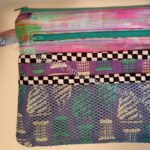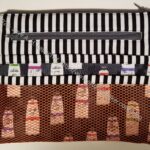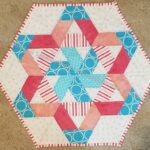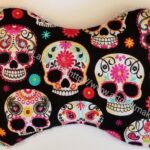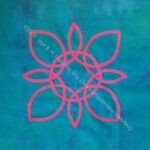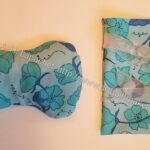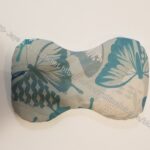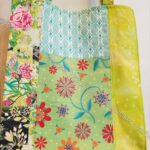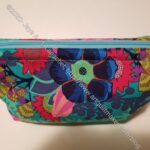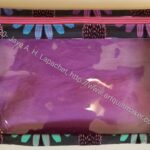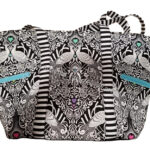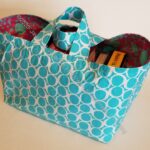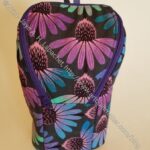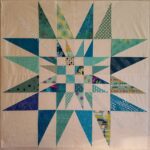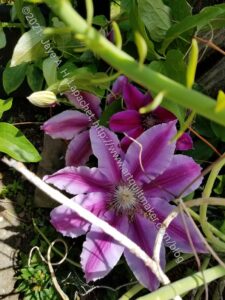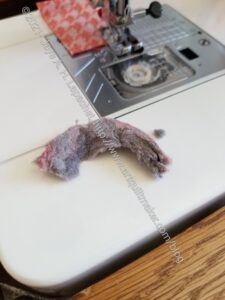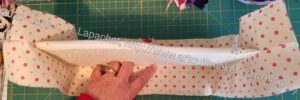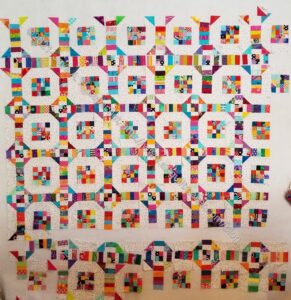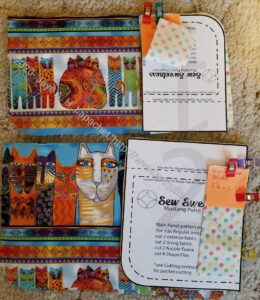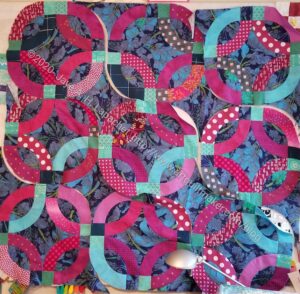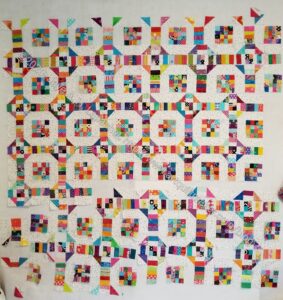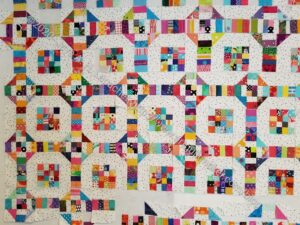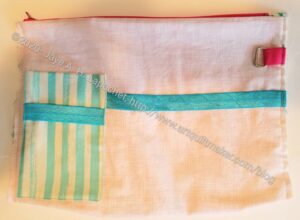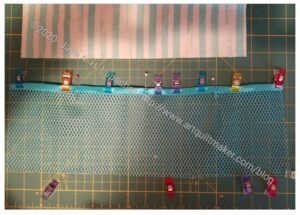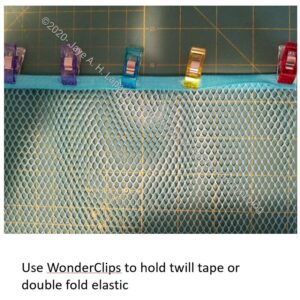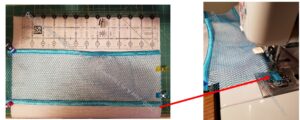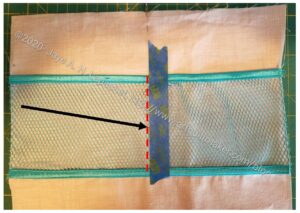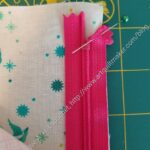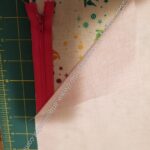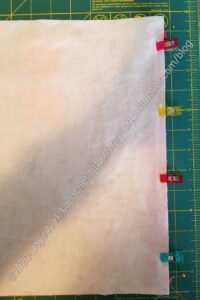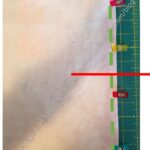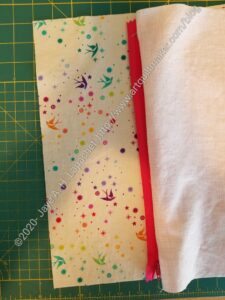 Sew Stow: 31 Fun Sewing Projects to Carry, Hold, and Organize Your Stuff, Your Home, and Yourself! by Betty Oppenheimer
Sew Stow: 31 Fun Sewing Projects to Carry, Hold, and Organize Your Stuff, Your Home, and Yourself! by Betty Oppenheimer
I borrowed this book from SFPL and it sat around a long time before I read it thoroughly. It is geared towards people who sew and are looking to organize rather than quiltmakers and bagmakers. There is something about the tone that gives me this impression. I also think it might be geared towards beginners, but the sections at the beginning didn’t insult my intelligence. I found the definitions and terms useful. It starts off with ‘the projects in this book are designed to be used.’ (pg.3). That explains my impression.
The projects are arranged in order of complexity (pg.3). The author, Betty Oppenheimer also says that as readers make these projects, we will gain the experience needed to design our own practical projects. Hhmm. I wonder about that, but appreciate her faith. To help, the book concludes with a chapter to get readers thinking about the design process in a practical way.
One of the fabulous things about this book is the beginning (starting on pg.4). Projects are shown, one to a page, in full color with a reference to where readers can find the directions in the book. I love that there is a visual index to all of the projects.
That being said, most of the projects are not items I would make, though if my child were setting up house, I might change my mind. I’d love a hammock (pg.4, 82), but probably wouldn’t use it. Our showers have doors, so the shower curtain (pg.5,86), as cute as it is, is of no use to me. I can see some use for the Pocket Packet Holder (pg.10, 102), but I would make it out of vinyl and, maybe, resize the pockets a little. I can imagine putting this near the front door for masks, keys and other things that need to go with a person who leaves the house. I really want the knitting Needle Tote (pg. 11, 105) to work for me, but I don’t have many straight needles and my circular needles mostly won’t fit in this kind of holder. I do like the Nifty Visor Organizer (pg.13, 112) and think that might make a good gifts for guys. I really like the Over-the-Shoulder Bottle Sling (pg.19, 135). It would be very useful for me. I have a buckle and may make one to use on my walks. It would be nice not to have to hold the bottle all the time and let my arms swing free. Another great gift idea, especially if it isn’t too difficult. I think my favorite project is the Customized Hobby Tote (pg.30, 182). It looks like a wonderful size to keep around the house for hand sewing. The tote also comes with a strap, presumably for carrying.
The pictures of all the items tempt the reader. The table of contents doesn’t show up until after the all the projects on page 33. By this point, readers are well and truly hooked. The table of contents gives you more than the projects. It starts with ‘Selecting the Right Equipment and Fabric’ (pg.37-54) and Techniques & Tools for Cutting, Sewing, and Finishing (pg.55-80). The projects start after the second chapter and are organized into groups such as ‘Sew Simple’ (pg.81-100),’ Bag-a-Thon’ (pg.121-144) and ‘Stow it Your Way’ (pg.179-187). The book also includes an Introduction (pg.34-36), a Resources List (pg.189) and an Index (pg.190-191) YAY!
A couple of lines written in the Introduction (pg.34-36) touched me. The author writes “Sewing is an art and science that can contribute to our material and our spiritual growth. It speaks to the idea of basic human survival on the practical side, and of community and personal growth on the philosophical side.” (pg.35).
The reader is promised “in the ‘Selecting the Right Equipment and Fabric” (pg.37-54) chapter, “you’ll learn everything you need to know to acquire the right materials and get set up” (pg.37), which I think is a tall order. Oppenheimer starts out by talking about what a maker needs in a sewing machine, followed quickly by what you need to know about your machine. There are sections about tuning up your machine, cleaning, and tension. Other tools such as needles and pins, thread (pg.40), Scissors and other Cutting Tools (pg.41) as well as measuring and marking tools (pg.4-42) and irons (pg.42) are all discussed.
The rest of the chapter is all about fabrics (pg.42-54). Selection, fiber content, weight, weave, attributes, absorbency and breathability, thickness, hand, yarn size and thread count are all discussed. I haven’t seen such a comprehensive guide in many, if any other books.
The ‘Techniques & Tools for Cutting, Sewing and Finishing’ (pg.55-80) is advertised as “helpful for you to know how the patterns are designed and best to use them. (pg.55). This section basically covers general sewing techniques and finishing touches. There are tips for laying out pattern pieces (pg.56), transferring the pattern layout (pg.57), marking rounded corners (pg.59), more on tension (pg.60), hand stitching (pg.61), forming a felled seam (pg.63), types of pleats (pg.66) and much, much more. This might be a very good reason to buy this book**. There is so much here that is useful, including basic, but not used very often terminology.
After the basic chapters (and 80+ pages!), the patterns start. All the tips and tricks, math as well as details about supplies are included. Each pattern is 3-5 pages in 3 or so colors, but not including photos. The step-outs are all drawings. The reader gets different views of the projects by looking at each pattern. In some cases, variations are included. For example, the Knitting Needle Tote pattern (pg.105-107), with a few changes, can be used for a cosmetic case.
The last chapter, ‘Stow It Your Way’ (pg. 179-188) has patterns, but they are all used as tools to teach the reader how to customize projects to suit his/her individual needs. The author talks about questions to ask yourself when designing or modifying a pattern (pg.179). She goes through the steps required to create your own pattern, such as adding seam allowances and the order the project should be sewn (pg.181).
The Index (pg.190-191) is pretty comprehensive. It includes techniques as well as projects. Bags are listed by their name as well as under the ‘bag’ heading.
All in all, I think, looking at this book in much more detail has made me more excited and interested in it than I was during my first cursory glance. I think you would like it and find it useful.
View all my reviews
**I use affiliate links and may be paid for your purchase of an item when you click on an item link in my post. There is no additional cost to you for clicking or purchasing items I recommend. I appreciate your clicks and purchases as it helps support this blog.
